|
I want to thank reader David Bayly for sending me several great ideas for Awesome Animals, of which the Jerboa was one. When I was a kid, I watched a Disney movie called The Living Desert. Since I did not live near a desert (I lived in Kansas, which is mostly grasslands), I thought all those desert creatures were so exotic and amazing. To this day, I am fascinated by deserts. Well, I'm actually fascinated by every natural habitat, but deserts are extra amazing. The jerboa is an example of an animal with extreme adaptations to the unique conditions existing in deserts. Let's take a closer look. What the heck is a Jerboa? Jerboas are rodents that live mainly in the extremely hot deserts of Asia and northern Africa. The most striking characteristic is their disproportionately long hind legs, which allow them to hop like a kangaroo. There are 33 species of jerboas, all of them in the family, Dipodidae. Below is a long-eared jerboa. Amazing facts about Jerboas Jerboas are fast, and they get around by jumping (like kangaroos). To help them do this, they have hind legs that are at least four times longer than their font legs. But they have a strange habit of zigzagging back and forth as they run (or hop). One possible reason for this is that it helps them avoid predators, such as snakes and owls. Also, this pattern may help them find food sources, which, in a desert, tend to be spread out and random. There must be a darn good reason they zigzag like this, because studies show that this is not as energy-efficient as hopping in a straight line. Even so, jerboas can run (hop) up to 16 miles per hour (25 km/hr). Jerboas don't drink water. Ever. Instead, they get all the water they need from the food they eat. Their diet consists mainly of plants, although unlike many other rodents, they are incapable of eating hard seeds. They also will happily eat any insects they can catch. Six of the 33 species of jerboas are pigmy species. And some of these pygmy species could, quite honestly, be the cutest rodents ever. Below is a Baluchistan Pygmy Jerboa. And check out this video, in case you think this photo is fake. The long-eared jerboa (the first photo above) has ears that are two-thirds as long as its body. This is the largest ear-to-body ratio of any animal in the world! Here is an interesting way to describe this (from a National Geographic article): "If basketball superstar Yao Ming was a long-eared jerboa, his ears would be the same size as Jada Pinkett Smith. He’s 7.6 feet (2.3 meters) tall, and she’s 5 feet (1.5 meters)." So what's up with these long ears? Actually, many mammals that live in hot deserts have longer ears than their counterparts living in cooler areas. The long ears help to cool the animal's body. As blood flows through the vessels in the ears, the blood is cooled down. This cooler blood then returns to the main body and helps cool the entire animal. Jerboas can really jump. Some of the species can jump vertically six feet (1.8 m) high. Let's put this into perspective. The average jerboa stands about four (10 cm) inches tall. So the creature can jump straight up 18 times its own height. I'm 5 feet 10 inches tall (178 cm). If I were a jerboa, I would be able to jump 35 yards (32 meters) straight up. This sounds like it would be fun, but when I fall 35 yards back down, the fall would probably kill me. Jerboas use their long tails to help balance them as they hop. But they also use the tail to prop themselves up when they stand upright (remember, their front legs are really short, kind of like T-Rex arms... not much good for standing on). Check out this video about Jerboas. Jerboas spend most of the daylight hours in their burrows beneath the ground. They come out to forage for food at night, which is why they have such large eyes. Baby Jerboas develop slowly compared to other rodents. When they are born, their hindlegs and forelegs are the same length. The hindlegs do not develop until they are 8 weeks old, and they cannot jump until they are 11 weeks old! They may be slow to develop, but they live longer than other rodents. Jerboas live about six years in the wild, which is twice the average lifespan of rats. Check out the baby jerboas below. One more tidbit of information. During World War II, Britain chose the jerboa as the mascot for the country’s 7th Armoured Brigade. They named the brigade the Desert Rats. The brigade fought in World War II campaigns in North Africa. Why did they choose the jerboa? according to the story, Major General Michael O’Moore-Creagh wanted his troops to share the animal’s tactic of popping up, having a quick look around, and popping back down. Below is a patch worn by one of the soldiers. So, the Jerboa deserves a place in the C.A.H.O.F. (Cosmic Animal Hall of Fame). FUN FACT: The word cosmic was first used in the 1640s, and it came from the Greek kosmikós. Its original meaning was "of or relating to the cosmos" (such as cosmic laws). At some point, people started using the word to describe something as "inconceivably vast" (the song is a masterpiece of cosmic proportions). This led inevitably to the word being connected to the phrase, "out of this world," and people started using it to mean "better than best." In other words, cosmic is another way to say awesome! Photo Credits:
Long-eared Jerboa #1: Cole Howard via Ranker.com Baluchistan Pygmy Jerboa - Yahoo News Long-eared Jerboa #2 - The Independent Baby Jerboas - Buzzfeed Desert Rat Patch - Hearts and Daggers
4 Comments
lemon
3/1/2023 06:05:53 pm
wow what an awesome animal
Reply
MrFroggyBoi
1/26/2024 12:36:13 pm
I love Jerboas! They are such a funny and cool animal!
Reply
MrFroggyBoi
1/26/2024 12:37:44 pm
I wish I could have them as a pet!!!
Reply
weezer
4/8/2024 06:43:28 am
they are super cool and awesome!!!! I like the pygmy jerboas!! ᘛ⁐̤ᕐᐷ Leave a Reply. |
Stan's Cogitations
Everyone needs a creative outlet. That's why I write. Archives
April 2024
|

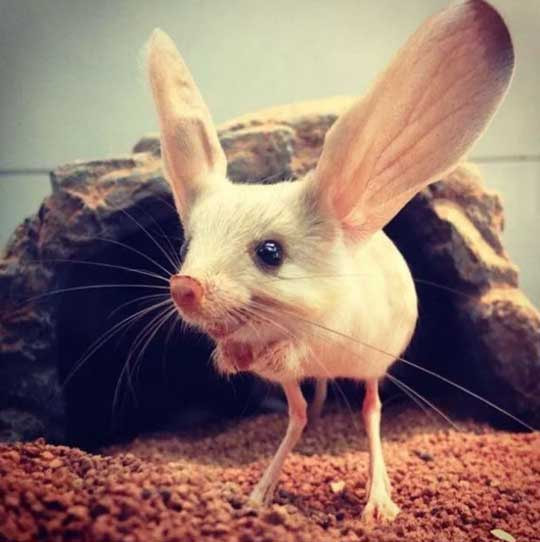
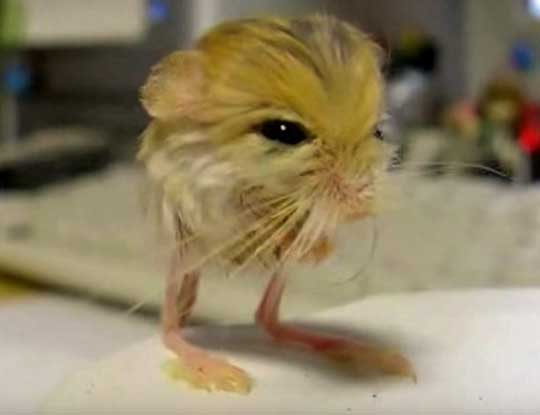
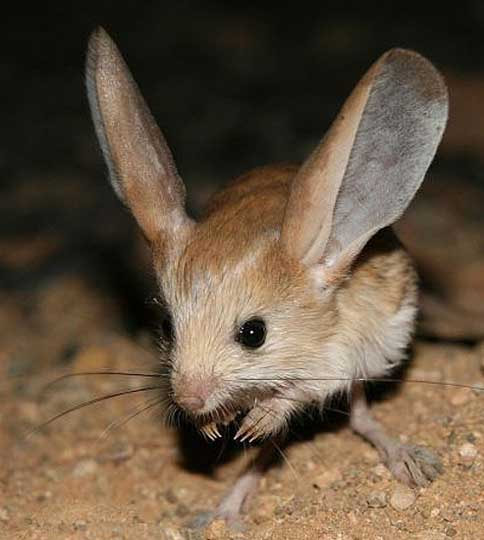
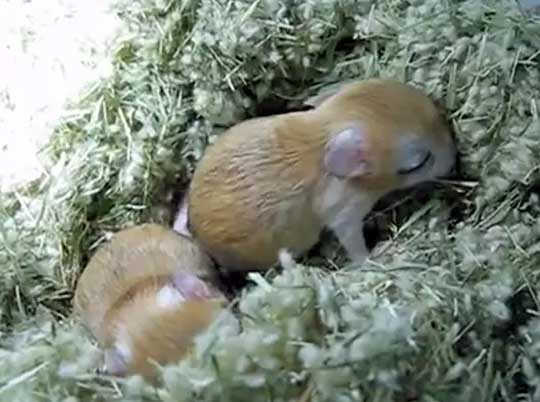
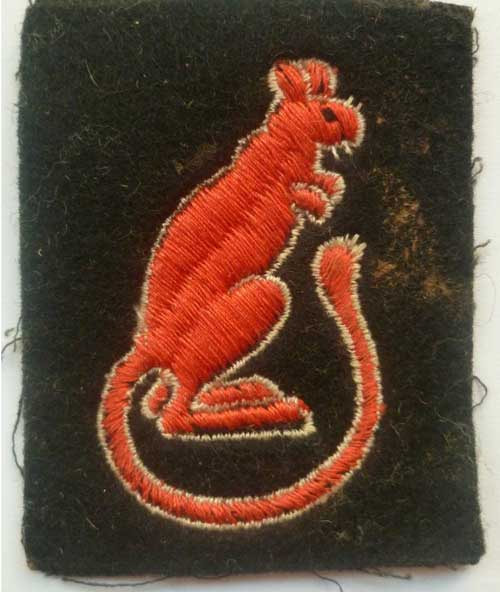
 RSS Feed
RSS Feed